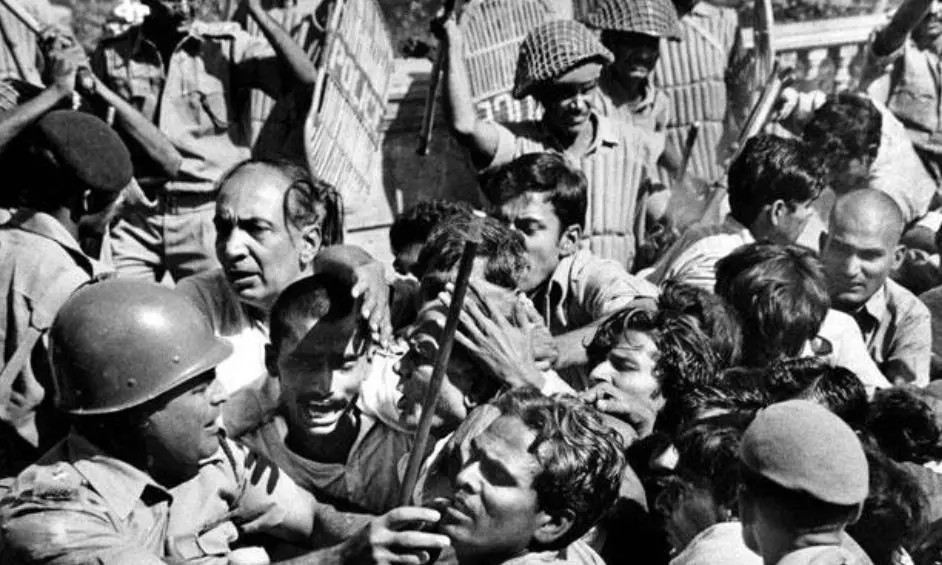AA Edit | Look Back at Emergency: It Shouldn’t Happen Again
India’s darkest days remind us why freedom and democracy must always be protected.

Never again — two words are sufficient to bring out why the darkest and most tumultuous time in the history of independent India should never be allowed to recur. As a fledgling democracy soon to hold its first general elections and elect a national parliament, a jubilant nation was filled with happy Indians from 1947. Most Indians were essentially poor but extremely proud to be free people as India grew up as a sovereign republic, fought three wars — during two of which national emergencies were declared (1962 and 1971) — and the nation learnt to forgo American PL 480 funds.
Individual liberty was seen as a sacrosanct right that defined the nation and shaped an open society that sustained through economic vicissitudes. And 50 years ago, came the Emergency declaration on June 25, 1975. Mass arrests were made, and the press was muzzled, Political opponents jailed, civil liberties curtailed, and mass sterilisations carried out even as forcible evictions were ordered of the poorest people to make way for gentrification.
A democratically elected government transformed into a despotic regime which ruled by decree for 21 months until good sense dawned on the ruler and her acolytes. Mrs Indira Gandhi came back in 1980 to rule on, her tyrannical Emergency image making way for an older, more benign persona, but she had blotted the aura of a powerful personality who was only the world’s second woman Prime Minister.
Dissension may have been growing as exemplified in Jayaprakash Narain’s people’s movement, labour unrest, railway men striking and incidence of economic hardships of inflation and rising food prices. But all of it put together did not demand such a move as the imposition of an Emergency. History would have it that Indira Gandhi’s adoring aides and a radical son pushed her into it.
No rebellion was threatening stability or the security of the nation, and the rulers were well ensconced after a mandate very much in favour of national governance by the Congress party. “Internal disturbance” was a fig leaf that barely covered the ambition of taking total control by defusing the power of the judiciary, all because it went by the statute book while appearing to be a stumbling block in India’s progress, as perceived by a few with megalomaniacal tendencies.
The Allahabad High Court ruling that found Mrs Indira Gandhi guilty of electoral malpractices was the immediate cause of the declaration. Five decades later, the injury sustained by the free Indian muzzled by the very person they deified and so voted for remains etched in the psyche of their descendent.
Close to four-fifths of the population is younger than 50 today, which means they have no direct knowledge of what it was like to live without the guarantee of personal freedom. There is no recorded history of why the Emergency ended when it did. It is but a guess that Indira Gandhi was given poll surveys that showed her coming back to power, and that they proved inaccurate.
The events of those 21 months during which Opposition leaders were incarcerated, some even tortured in custody, serve today as a warning to Indian people and their netas that never again should anyone wield the power to declare a suspension of the right to liberty. When we see dissent being muzzled even without Emergency powers today, it serves as a reminder of what could happen if the power to declare such an Emergency, too, had not been taken away with the Constitution amended to substitute “armed rebellion” for “internal disturbance”. The checks and balances must remain lest India lapse into the state some authoritarian nations, including at least an old democracy, are seen falling into.
